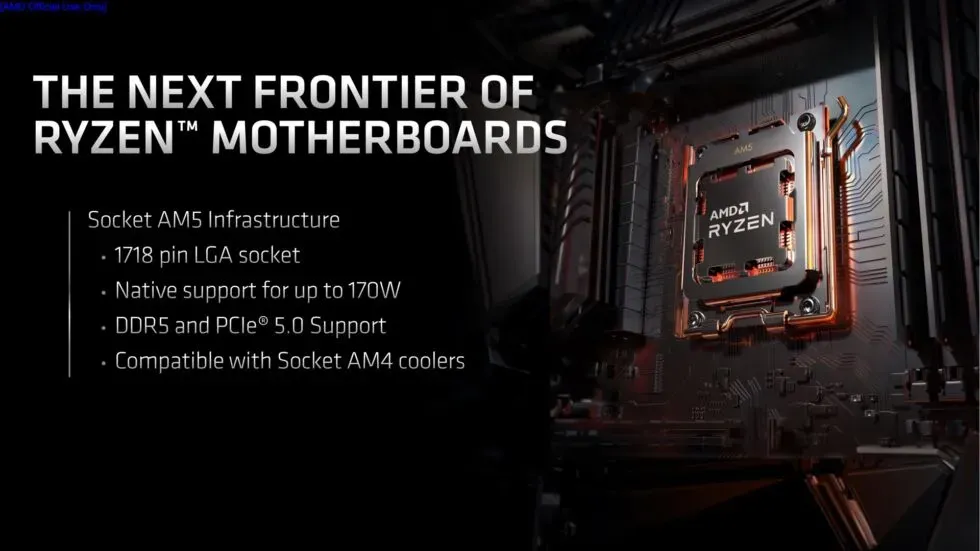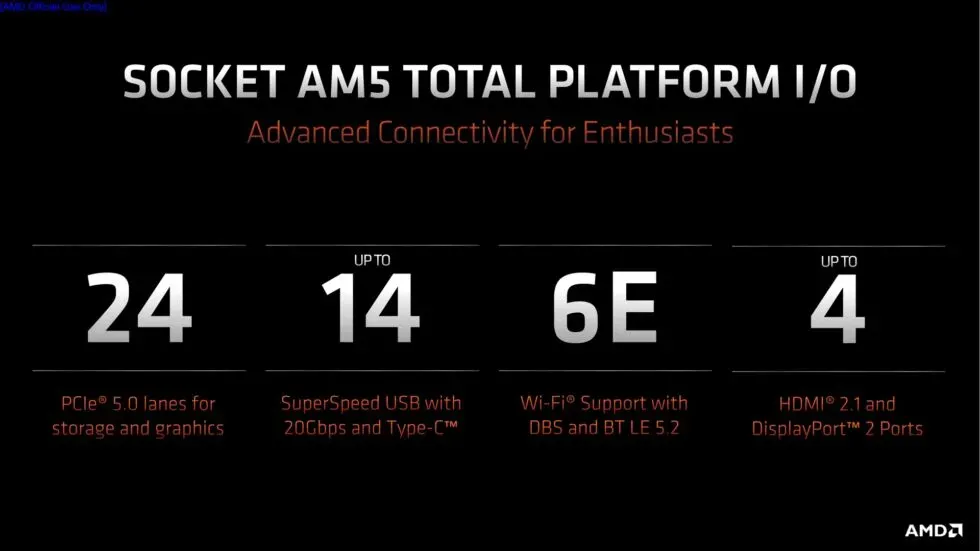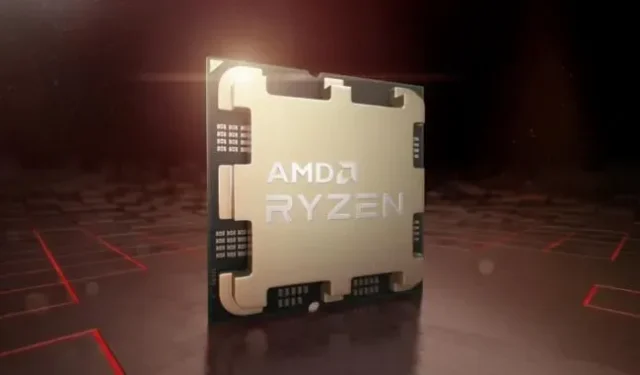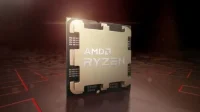AMD first unveiled its upcoming Ryzen 7000 series processors and new Zen 4 processor architecture at CES in January. The company said the chips will use the new AM5 processor socket, be built on TSMC’s 5nm process, and be available this fall.
None of these facts have changed, and AMD still hasn’t announced pricing or more specific information about the availability of the new chips. But at its Computex keynote this week, AMD revealed a few additional details about the Ryzen 7000 processors, as well as the motherboards and chipsets that will support them when they are all released to the public in the next few months.
Foundation of Zen 4: Socket AM5

Before we talk about any of the features of the Zen 4, Ryzen 7000 or AMD 600 series chipsets, we need to cover some basic facts about the upcoming AM5 CPU socket.
Socket AM4 was remarkably long-lived. AMD hasn’t always been the best at communicating which AM4 motherboards can support which AM4 processors, but at the time of this writing, most motherboards released back in 2017 can support new Zen 3 processors such as the Ryzen 7 5800X3D. This is a remarkable number for any socket, but especially impressive given that Intel introduces a new socket (or updates that break compatibility for an existing socket) about every two years or so.
It also means that the AM5 socket is a big step forward, no matter what chipset it works with. This is AMD’s first LGA processor socket, which means that (like Intel’s) the 1718 small copper pins are in a socket on the motherboard instead of on the bottom of the processor. Its maximum power limit has been increased to 170W from AM4’s 142W, opening the door for processors with more cores that can run faster for longer. AM5 also adds support for PCI Express 5.0 (although the exact support you get will depend on your chipset and possibly your processor) and this requires an upgrade to DDR5 RAM.
This DDR5 RAM upgrade is one of the shortcomings of the AM5 and Ryzen 7000 compared to 12th Gen Alder Lake processors, at least in the short term. Alder Lake compatible motherboards come in both DDR5 and DDR4 versions, allowing buyers to choose whether they want the (mostly minor, but not non-existent) performance benefits of DDR5 or whether they prefer to reuse their existing DDR4 kit. DDR4 is also much cheaper and easier to find than DDR5 right now, though this will gradually change as support becomes more common and memory manufacturers ramp up production of DDR5 to meet demand.
Socket AM5 will also support quad-channel DDR5 memory for motherboards with enough RAM slots. In the past, most consumer and enthusiast PCs used dual-channel memory, while quad-channel RAM was reserved for high-performance workstations and server processors.
All AMD Zen architectures were more sensitive to increased memory bandwidth than Intel chips, whether you’re talking about integrated graphics performance or overall CPU performance. But doubling the theoretical memory bandwidth doesn’t usually double your actual performance – we’ll have to wait for more benchmarks and benchmarks to see if quad-channel memory support is worth the extra cost.

AMD notes that despite all the AM5 updates, the actual size and shape of the processor package has remained the same. This was done on purpose so that CPU coolers designed for AM4 chips would continue to work with AM5 chips. The Intel LGA 1700 socket is taller and more rectangular than its previous sockets, which may (but not always) break CPU cooler compatibility depending on where the bottom of the CPU cooler makes contact with the processor.
The connectivity of AM5 motherboards will depend on the chipset you are using and the specific motherboard you are purchasing. But AMD says AM5 motherboards will be able to provide up to 24 PCIe 5.0 bandwidths, a total of 14 USB 3.2 Gen 2×2 ports at 20Gbps, and up to four HDMI 2.1 or DisplayPort 2.0 ports to drive displays using onboard graphics. processor..


